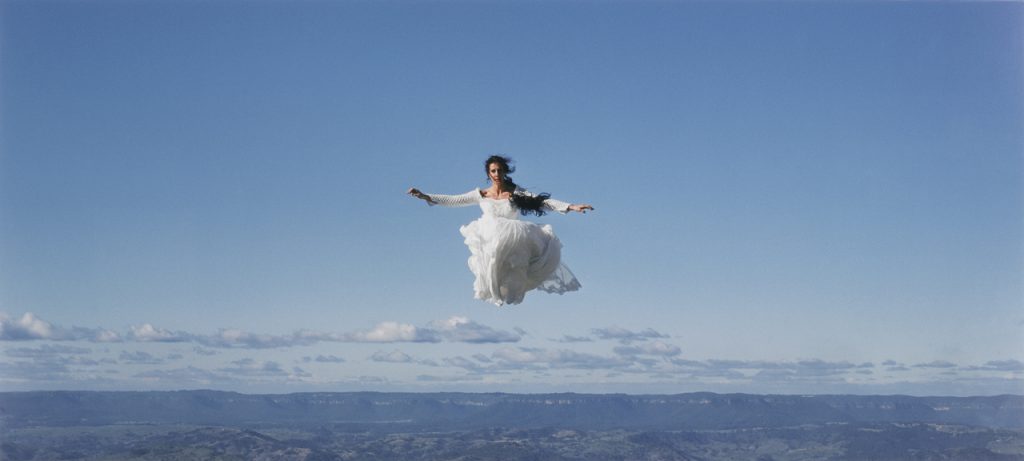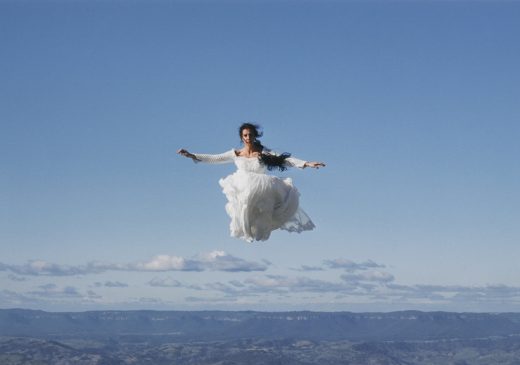Vocabulary
Camera
Photography
Lens
Movement words: hop, skip, jump, roll, slide, etc.
Materials
Kid-safe digital cameras with memory cards, SMARTboard or laptop computer
Optional: props or dress-up clothes for the students to use when serving as subjects
Extension Activities for Teachers
- Print out photographs and make a display or class book of the images. Allow students to write about or discuss their photographs.
- Allow students to photograph other classroom events. Use student photographs for sequencing and retelling activities.
Extension Activities for Families
- Visit a camera store or photo lab.
- Allow children to take photos on a family trip or around the house.
Suggested Books for Classroom Library
Bidner, Jenni. The Kid’s Guide to Digital Photography. Lark Books, 2004. [ISBN 978-1579906436]
Friedman, Debra. Picture This: Fun Photography and Crafts. Kids Can Press, 2003. [ISBN 978-1553370475]


